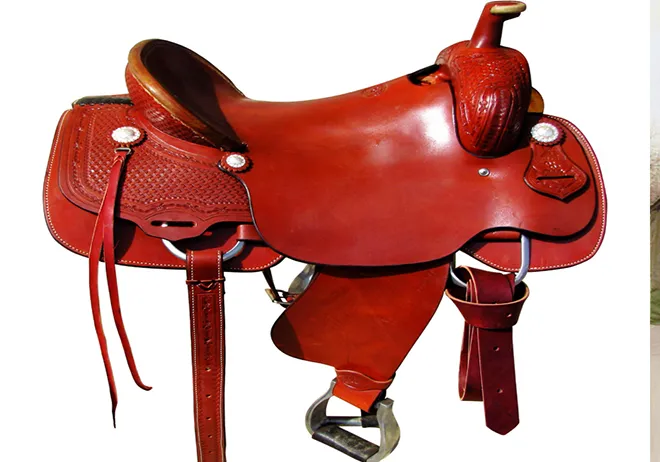stitching needle types
Understanding Stitching Needle Types A Comprehensive Guide
Stitching is an essential craft that involves various techniques and tools, with needles being one of the most fundamental instruments in the toolkit. Whether you’re a novice embarking on your first sewing project or a seasoned seamstress, understanding the different types of stitching needles can significantly enhance your efficiency and the quality of your work. This article provides an overview of the most common needle types and their specific applications.
Universal Needles
Universal needles are versatile and are typically used for most general sewing tasks. They have a slightly rounded point, which enables them to sew through woven and knit fabrics without causing damage. If you’re working on a project that involves light to medium-weight fabrics, a universal needle is your go-to option. Its adaptability makes it suitable for a wide range of sewing machines, making it a staple in any sewing kit.
Ballpoint Needles
For projects involving knit fabrics, ballpoint needles are the best choice. These needles have a rounded tip that slips between the fibers of the fabric rather than piercing them, which helps maintain the integrity of stretchy materials. They are perfect for sewing jersey, interlock, and other types of knit fabrics. Using a ballpoint needle prevents snags and runs, ensuring your seams remain strong and your fabric intact.
Quilting Needles
As the name suggests, quilting needles are specifically designed for quilting projects. They have a tapered point that penetrates multiple layers of fabric and batting smoothly, enabling quilters to create intricate patterns without causing damage to the materials. If you’re planning to work on quilts or layered fabric projects, investing in quilting needles will make your task much easier and yield a professional finish.
stitching needle types

Embroidery Needles
For those involved in machine embroidery, embroidery needles are a necessary tool. These needles feature a larger eye and a special shaft design that accommodates embroidery threads, reducing the risk of breakage or fraying. The distinctive needle point also allows for smoother stitching through densely embroidered areas, making them ideal for decorative work. If your projects include embellishments or intricate designs, consider adding embroidery needles to your arsenal.
Sharp Needles
Sharp needles are characterized by their fine, elongated points, making them ideal for sewing delicate fabrics such as silk, tulle, or lightweight cotton. They pierce the fabric cleanly, leaving minimal holes and ensuring that the fabric remains undamaged. If you are tackling intricate or detailed sewing tasks, opting for sharp needles will result in a neat and precise finish.
Specialty Needles
In addition to the standard options, specialty needles are available for specific types of sewing tasks. For instance, double needles allow for parallel stitching and are often used in hem finishes or decorative stitching. Meanwhile, twin needles enable you to sew two parallel lines at once, adding decorative flair to your sewing projects.
Conclusion
Understanding the different types of stitching needles is crucial for achieving the best results in your sewing endeavors. Each needle type serves a specific purpose, from universal to specialty options, allowing you to tackle various fabrics and techniques with ease. As you gather your supplies, make sure to choose the appropriate needle for each project. With the right tools at your disposal, sewing can be a rewarding and fulfilling creative outlet. Happy stitching!
-
Heavy Duty Leather Sewing Machine: A Must-Have for Professional LeatherworkNewsMay.28,2025
-
Leather Sewing Machine: Essential for High-Quality LeathercraftNewsMay.28,2025
-
Extra Heavy Duty Sewing Machine for Premium Leather ApplicationsNewsMay.28,2025
-
Walking Foot Cylinder Arm Sewing Machine: Precision and Power CombinedNewsMay.28,2025
-
Industrial Cylinder Arm Sewing Machine: Engineered for High-Performance StitchingNewsMay.28,2025
-
Cylinder Bed Sewing Machine: A Powerful Solution for Precision StitchingNewsMay.28,2025
-
Zigzag Sewing MachineNewsMay.12,2025





























